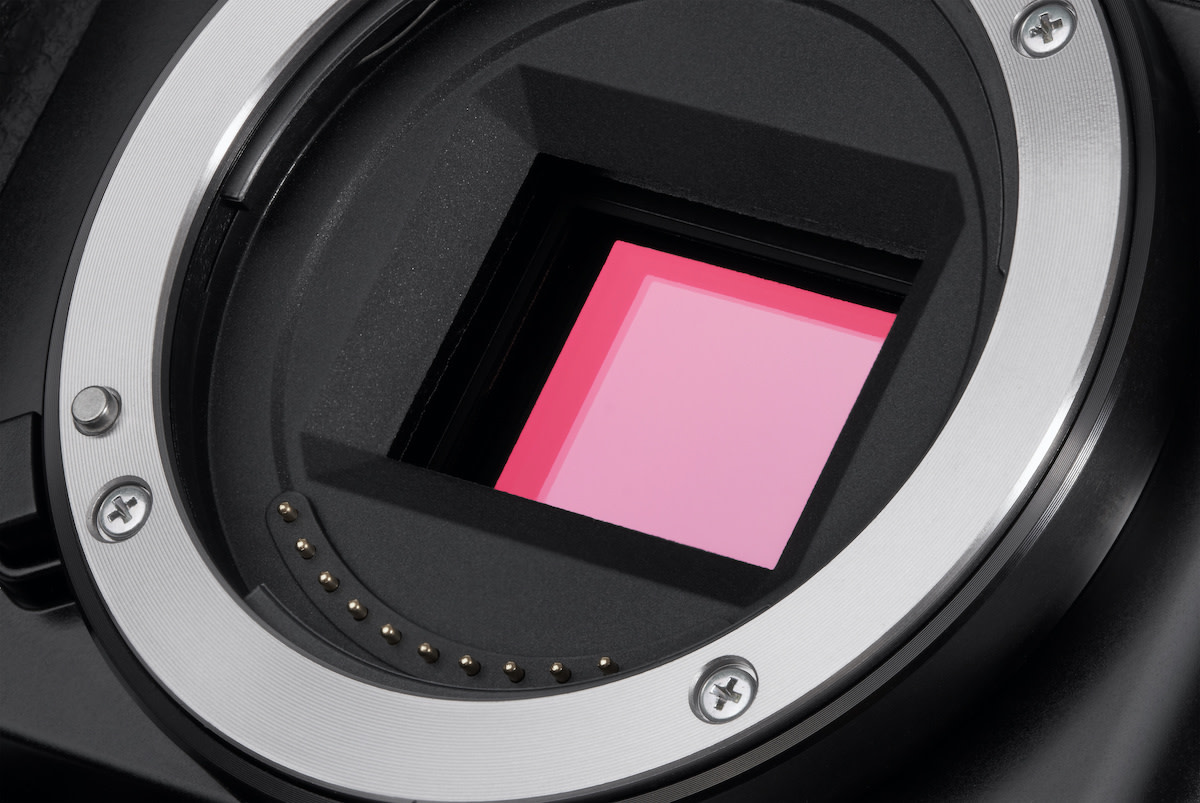APS-C Sensors Explained: How Do APS-C Cameras Work?
Written by MasterClass
Last updated: Dec 1, 2021 • 3 min read
Digital cameras work by capturing light with an image sensor and converting it into packets of data that make up an image. Different image sensor formats are better suited for different kinds of photography. One widely used sensor format is the Advanced Photo System type-C, or APS-C, used in cropped-frame photography.
Learn From the Best
What Is an APS-C Sensor?
The APS-C is a type of image sensor used in digital photography. It's named after the Advanced Photo System, a film format from the mid-1990s and has since been discontinued. The original APS format had frames that measured 16 millimeters by 30.2 millimeters—smaller than the traditional full frame format, which measured 24 millimeters by 35 millimeters. Digital APS sensors produce smaller frames than both the original APS film size and the full frame format, which is why they're called "cropped" sensors.
APS sensors come in a range of formats, including high-definition (APS-H), panoramic (APS-P), and classic (APS-C). The way in which these sensors crop the images they record affects the kinds of photos they produce.
3 Characteristics of the APS-C Sensor
Cameras with APS-C sensors produce images that are distinct in three ways:
- 1. Aspect ratio: An image sensor produces images with a characteristic ratio of width to height, called the aspect ratio. A full frame camera has an aspect ratio of 3:2. The APS-C sensor matches that classic aspect ratio while producing images with a smaller area and a narrower angle of view.
- 2. Crop factor: The "cropping" of any scene the camera captures will produce what's known as a "crop factor." The APS-C sensor magnifies the cropped image to match a field of view equivalent to that of a full frame camera. This crop factor gives the viewer the impression of being closer to the subject and sharpens the background of the image, producing a very different style of photography than a full frame sensor will. The crop factor provided by an APS-C sensor varies by manufacturer. In Canon cameras, it's generally 1.6x, while in Nikon, Pentax, and Sony cameras, it's usually 1.5x. APS-C sensors are common in mirrorless cameras, like the Fujifilm X series, but they can also be found in digital single-lens reflex (SLR) cameras, such as Canon's EOS Rebel line.
- 3. Depth of field: APS-C sensors create images with a deep depth of field (the distance between the furthest and nearest in-focus objects in an image). This makes it easier to fill the frame with a subject from greater distances than with a full frame camera. APS-C is thus a useful tool for photographing subjects like sporting events or wildlife, which the photographer might not be able to approach closely.
APS-C vs Full Frame: What’s the Difference?
APS-C cameras and full frame cameras are appropriate for for slightly different applications, and each has its own advantages.
- Image quality: Full frame sensors generally provide higher resolution than their APS-C counterparts. They're larger sensors that deliver the same number of pixels, so they capture more light in each shot than a cropped frame sensor. That allows them to function better in low-light environments and to deliver better image quality on the whole. The full frame camera's advantage in light capture and pixel size—its dynamic range—isn't as pronounced as it used to be. Some models of APS-C sensor have advanced to compensate and deliver, in some cases, even better dynamic range than some of their full frame counterparts.
- Field of view: The larger field of view of full frame cameras makes them better adapted to wide-angle shots of landscapes and architecture, while they give the photographer the ability to control the depth of field directly by getting closer to a subject. APS-C cameras have a narrower field of view.
- Portability: Cameras equipped with lenses to match an APS-C format are lighter, more portable, and less conspicuous than full frame cameras, making them a better choice for street photography.
- Depth of field: The high depth of field in a cropped frame sensor makes the most of the magnification of telephoto lenses, making an APS-C camera ideal for shooting events from a distance and for macro photography (close-up shots of small subjects).
- Cost: Finally, photographers who are trying to decide between APS-C and full frame camera options will need to think about cost. Full frame cameras and lenses are, on average, bulkier and more expensive. For shooting in any setting where mobility and portability are key, even a professional travel photographer who would normally prefer a full-frame option might prefer the lighter and cheaper APS-C camera. It all depends on the circumstances of the shoot and the nature of the subject.
Want to Learn More About Photography?
Become a better photographer with the MasterClass Annual Membership. Gain access to exclusive video lessons taught by the world’s best, including Annie Leibovitz, Tyler Mitchell, Jimmy Chin, and more.
